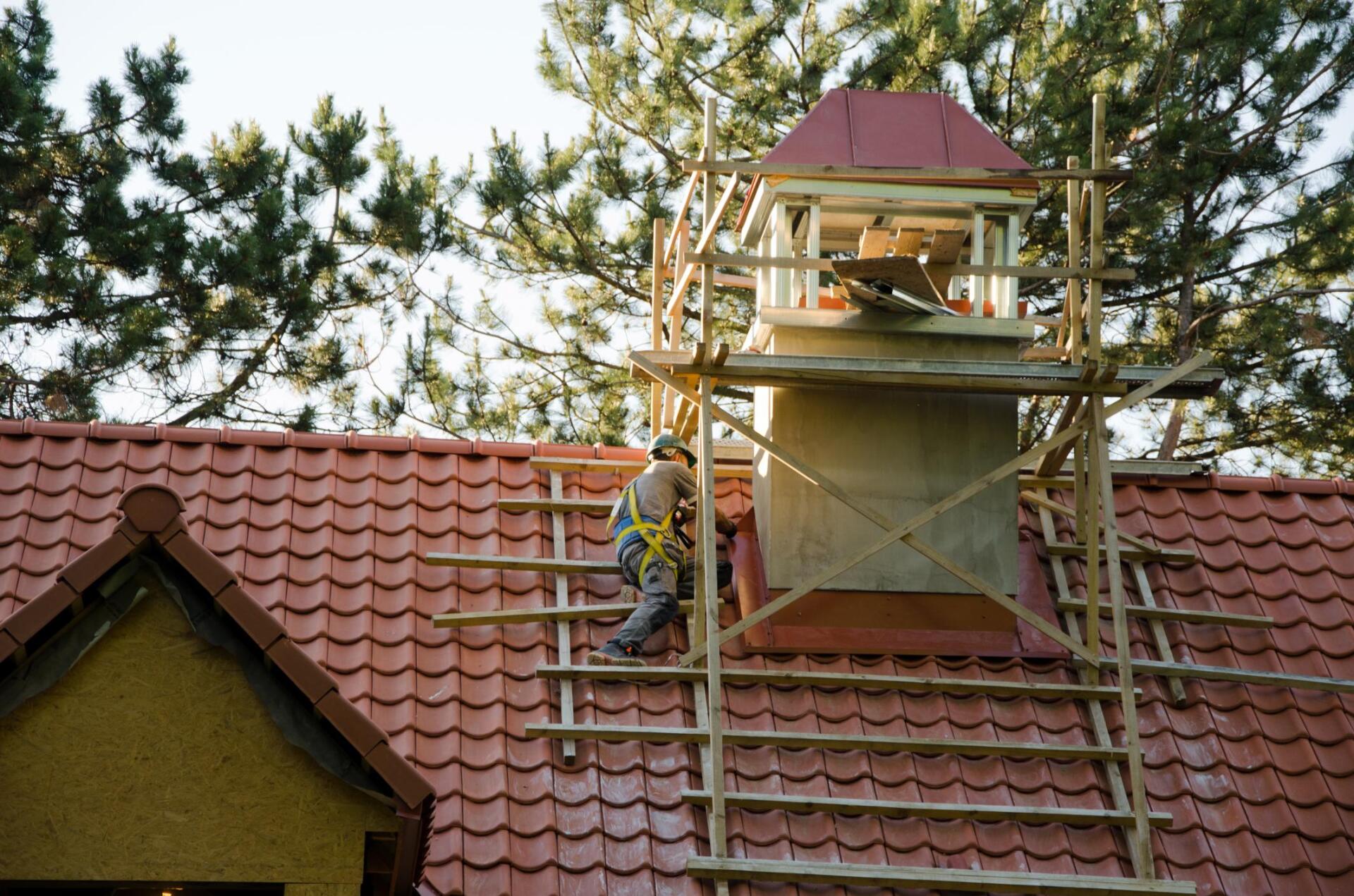Roofing
Roofs are subjected to a significant amount of wear and tear. Because of their orientation, they are completely exposed to severe weather. They have to be able to take a beating and be secure enough not to spring a leaking. They need to be impervious to the elements, safe, long-lasting, visually appealing, and flexible enough to not fracture when subjected to extreme temperature changes. Roofing materials and methods have improved greatly throughout the years, resulting in roofs that are both sturdy and long-lasting. There is now a vast selection of materials available that will last for decades or even the lifetime of the house. And home and commercial property owners have a huge option of materials, colors, prices, and other amenities from which to pick when it comes to roof construction projects.
Basic Roofing Construction Components
Wooden framing, underlayment, sheathing, gutters, flashing, and, of course, the shingles or other finished surfaces make up the modern roof's many parts. We assist with detailed roofing diagrams depicting the proper assembly of various components into a sturdy roof with every roof construction consultation. The roof deck consists of sheathing and underlayment, sometimes known as roofing felt. The final roofing material chosen determines the sort of deck used. Solid plywood or OSB panels are recommended for most roofing applications, but spaced boards may be used for wood shingles and some types of tile and metal roofing.
Roof Flashing
Water can easily seep through the roof or damage the outer walls in some areas. Some examples of these are roof valleys, the point where a dormer wall meets the roof, and the edges of chimneys and skylights, as well as any other place where runoff is particularly dense or where two surfaces meet. Flashing is an essential safety feature in these spots. Roof flashing is typically constructed of galvanized steel, aluminum, or copper, although it can also be fabricated from plastic, roofing felt, or rubber. Although galvanized sheet metal sees the most use, aluminum and copper are sometimes applied for specialized applications. Depending on its intended purpose, flashing is shaped and sometimes soldered into a variety of forms.
Roof Construction Process Explained
At Local Construction Springdale, we follow all of the correct procedures while constructing a roof so that yours will last for many years and protect your property from the elements. It's not possible to replace the roof of an existing building without first removing the previous one. Making sure all the old shingles are gone, or pounded flat into the remaining structure, is a painstaking part of pulling off an old roof. Water damage from ice dams and high winds can be mitigated with proper underlayment. As roof valleys channel water away from the building, they are particularly vulnerable to damage. The installation of underlayment and felt paper guarantees top-notch waterproofing. To install shingles, a nail gun is used to adhere to them in an overlapping pattern. Throughout the process, more precautions like Top Shingles and layers of waterproofing are applied.
Exceptional Roofing Construction Guaranteed
Our Team knows that it's much more than just constructing a roof for our customers. All of the shingles on our roofs are carefully placed by hand to provide a perfect finish. This is our method of formally assuring you that you will receive the greatest service possible and that your roof will continue to look great for years to come with the help of our guarantee. If you're interested in a no-obligation quote for roof construction, please get in touch with us right away.
We will get back to you as soon as possible.
Please try again later.


